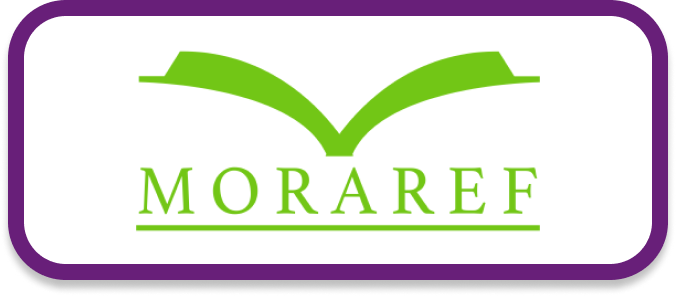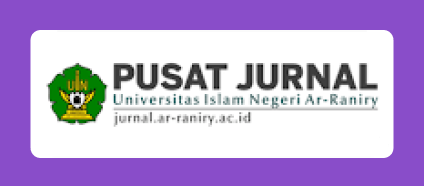ANALYSIS OF STUDENTS' DYSLEXIA LEARNING DIFFICULTIES AT AL-FADIAH INTEGRATED ISLAMIC PRIMARY SCHOOL GOWA
Abstract
Learning difficulties are a form of obstacle that often occurs in the world of education, the obstacle in question is dyslexia. Dysselection is a problem that is often encountered in students, especially in grades one and two. This study focuses on the factors that cause dyslexic children and how to overcome them. This study uses qualitative research. The data collection technique is by interviews and observation while the analysis technique uses data reduction and conclusions. Research results: children who experience dyslexia at SDIT Al-Fadiyah Gowa are caused by internal factors such as genetics or parental lineage. Symptoms of dyslexia in children can be characterized by the child's inability to distinguish letters similar to the letters b and d, difficulty reading, and difficulty procusing words. This can be done by communicating with parents to do therapy on children, then providing special guidance to children with literacy and tutoring programs. The method of teaching dyslexic children at school is carried out by grouping children with dyslexia, providing intensive guidance, getting used to reading books together, and accompanying children throughout the learning process. The solution offered by the author in overcoming dyslexia in children can be done by creating a reading corner in the classroom, then the teacher uses the right methods and media for dyslexic children, adequate facilities, especially books with interesting variations.
Keywords: Learning difficulties, Dyslexia, Reading difficulties.
Keywords
Full Text:
PDFReferences
A. Sugiarto. (2009). 12 Games To Improve Children's Intelligence. Visimedia
Dewi, K. (2015). PGSD UPY National Seminar. Overcoming Learning Difficulties When Your Student Is Dyslexic. http://repository.upy.ac.id/407/1/artikel kristiantini.pdf
Haifa, N., Multyadiprana, A., & Resa Respati. (2020). Introduction of Characteristics of Children with Dyslexia. Pedadidaktika: Scientific Journal of Elementary School Teacher Education Students,vol.7(no.2). https://doi.org/https://doi.org/10.17509/pedadidaktika.v7i2.25035
Irdamurni, Kasiyati, Zulmiyetri, & Johandri Taufan. (2018). Improving Teachers' Ability in Reading Learning for Dyslexic Children. Journal of Education for Children with Special Needs, vol. 2(no.2). http://jpkk.ppj.unp.ac.id/index.php/jpkk/article/view/516
Kalvari, R., Marlin, L., Kaesarina, M., Delarosa, V. J., Firmanto, N. A., Pulosari, P., & Budi Raharjo. (2021). Dyslexia in Special Children. CV Andi Offset.
Kuntjojo. (2021). Educational Psychology. Guepedia.
Lidwina Soeisinawati. (2012). Dyslexia Affects Reading and Writing Ability. Journal of STIE Semarang, vol.4(no.2). http://download.garuda.kemdikbud.go.id/article.php?article=939144&val=14551&title=DISLEKSIA AFFECTS READING AND WRITING SKILLS
Marlina. (2019). Assessment of Learning Difficulties. Prenadamedia Group.
Maryani, I., Fatmawati, L., Erviana, V. Y., Wangid, M. N., & Mustadi, A. (2018). Learning Difficulties Disorder Intervention Model. K-Media.
Minsih. (2020). Inclusive Education in Primary Schools Embracing Differences in Togetherness. Muhammadiyah University Press.
Nini Subini. (2011). Overcoming Learning Difficulties in Children. Javalitera.
Siti Urbayatun. (2019). Learning Difficulties and Children's Psychological Disorders. K-Media.
Soejono Dardjowidjojo. (2008). Psycholinguistics Introduction to Human Language Understanding. Indonesian Torch Foundation.
Yulianto D.Saputra. (2018). Dealing with Learning Difficulties in Children with Dyscalculia. Familia.
DOI: http://dx.doi.org/10.22373/pjp.v13i2.24088
Refbacks
- There are currently no refbacks.
Copyright (c) 2024 Asep Wijaya, Fitri Indriani

This work is licensed under a Creative Commons Attribution-ShareAlike 4.0 International License.

























